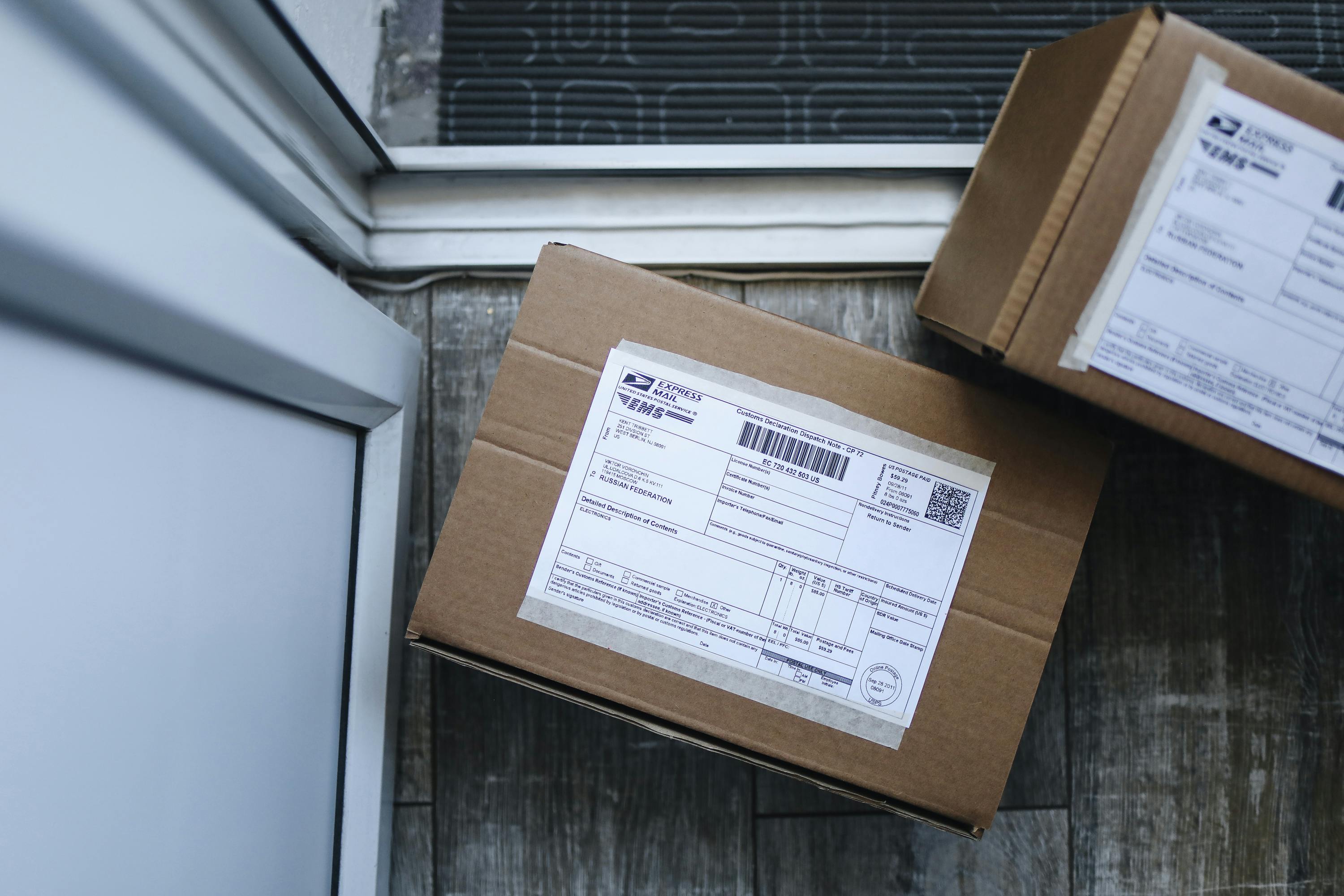This article is an introduction to the world of LED lighting and controls. I’ll follow up with more specific articles on various lighting and control issues you may have in your environment. The technology discussed really leads to a sustainable lighting environment that moves away from the consumption model.
In 2007, anyone who could put a white LED on a printed circuit board tried to sell a bulb replacement. Having been involved in the design of laser diodes and specific blue lasers in their early stages, I was very curious as to whether such devices could replace the light bulb or fluorescent tube.
Like others, we tried to do a bulb replacement only to find that the cost of the technology is still very high and to justify that cost, the fixture would have to be more efficient than a fluorescent tube and maintain its light output for much longer. time to get a return on investment.
Deeply understanding the quantum physics involved, he knew that the junction where the light is created, which is deep within the solid-state structure, had to be kept cool enough so that the heat would not damage it over time and for it to work with high efficiency.
When we saw that all the players weren’t concerned with efficiency or keeping their devices cool, but were trying to develop a bulb with a slightly longer life, but not too much, the opportunity arose to make a long-lasting lamp. We’re talking 10+ years with no light degradation or color change.
Fortunately, we also come from the field of networks, so we developed a communication protocol between the lamps that allows uniform dimming across an infinite number of devices using a low-cost dimming device.
Imagine that in the future a supermarket does not have to change its lamps every 3 years, but can leave them in place for 15 years or more, no more bulbs or tubes to replace, and no loss of light.
Oh, by the way, LEDs are mercury-free like fluorescent tubes and “energy-saving” lamps. Lamp wattage is actual wattage consumed, unlike “Energy Saver” bulb which consumes 30-50% more power than advertised.
To further cement their commitment to the environment, manufacturers must recycle all of their products as long as the user finds a way to take it to a recycling center and guarantees to return a recycling value to the customer upon return.
However, it is difficult for the non-specialist to understand that not all LED fixtures are the same and to recognize what is hype and what is real. The DOE or Energy Star are not helping as they are years behind technology and generally support consumer model brands over really efficient and durable technology to the point of being hostile to new and better technology.



